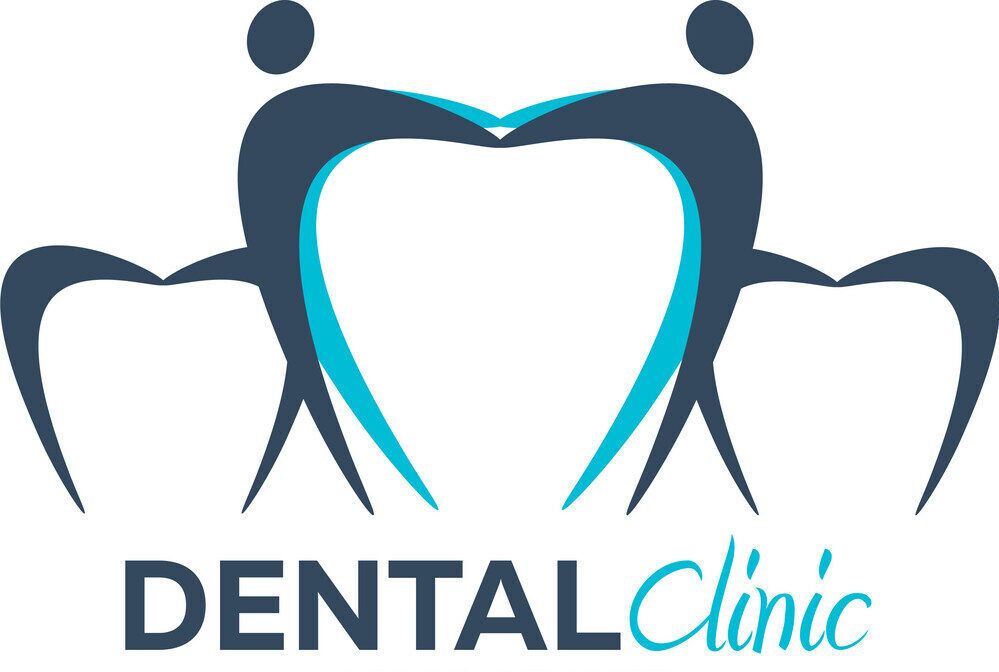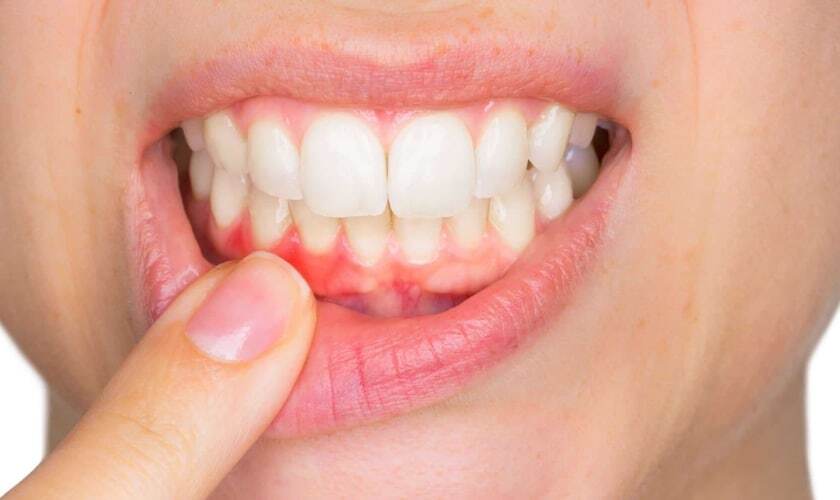Day-by-Day Journey: A Visual Guide to Gum Graft Surgery Healing
Regaining healthy gums after undergoing gum graft surgery is a process that unfolds over several weeks. While the specifics can vary depending on the type of graft and individual healing rates, understanding the day-by-day progression can offer valuable reassurance and set realistic expectations. This article guides you through the expected healing timeline, accompanied by visualizations to help you navigate the post-operative journey.
Disclaimer: It is important to note that the images included in this article are for general informational purposes only and may not depict the exact outcome of your specific surgery. It’s crucial to rely on the guidance and visual references provided by your dentist or periodontist for the most accurate representation of your healing process.
The First 24 Hours: Minimizing Discomfort
Immediately following surgery, some swelling, tenderness, and slight bleeding at the surgical site are normal. Here’s what you can expect:
- Visuals: The surgical site will appear red and inflamed, with possible visible sutures.
- Discomfort: Apply a cold compress to the outside of your cheek to reduce swelling. Your dentist will prescribe pain medication to manage discomfort.
Important Tips:
- Rest is essential. Avoid strenuous activities that could dislodge the graft.
- Maintain a soft diet consisting of lukewarm or cool foods like mashed potatoes, yogurt, and applesauce.
- Gently rinse your mouth with a saltwater solution (dissolve half a teaspoon of table salt in a cup of warm water) several times a day to keep the area clean. Avoid aggressive rinsing or spitting.
Days 2-4: Swelling Peaks and Softness Reigns
During this period, swelling might reach its peak. Here’s a general idea:
- Visuals: The surgical site may appear more swollen and red compared to the first day.
- Discomfort: Discomfort might persist, but pain medication should offer relief.
Important Tips:
- Continue with a soft diet and gentle saltwater rinses.
- Avoid using straws or hot beverages, which can irritate the surgical site.
- Refrain from brushing or flossing directly around the graft site. Your dentist will advise on proper cleaning techniques.
Days 5-7: Gradual Improvement and Dietary Expansion
You might start experiencing some relief from swelling and discomfort during this time:
- Visuals: The swelling may begin to subside, and the redness might lessen.
- Discomfort: Discomfort should gradually decrease.
Important Tips:
- You can slowly introduce more solid foods to your diet, but maintain a soft texture.
- Continue gentle saltwater rinses.
- Your dentist might advise on using a soft-bristled toothbrush to clean the rest of your mouth, avoiding the surgical site.
Days 8-14: Stitches Removed and Healing Continues
This period often involves stitch removal and continued healing progress:
- Visuals: Sutures might be removed during a follow-up appointment. The surgical site might still appear somewhat red but should be noticeably less swollen.
- Discomfort: Discomfort should be minimal by now.
Important Tips:
- Continue a soft diet for a few more days after suture removal.
- Maintain gentle saltwater rinses.
- Your dentist will advise on gradually incorporating regular brushing and flossing techniques, taking care around the graft site.
Weeks 3-6: Healing Advances and New Tissue Forms
Several weeks post-surgery, the healing process accelerates:
- Visuals: The surgical site should appear increasingly pink and less inflamed. New gum tissue might start to develop.
- Discomfort: Discomfort should be minimal to nonexistent.
Important Tips:
- You can gradually return to your regular diet, but prioritize healthy and nutritious foods.
- Continue gentle oral hygiene practices, including flossing around the grafted area as instructed by your dentist.
- Regular follow-up appointments are crucial to monitor healing progress.
Weeks 6-12: Final Touches and Long-Term Care
The final weeks involve complete healing and establishing a long-term care routine:
- Visuals: The surgical site should appear close to its normal color and texture, with healthy gum tissue integration.
- Discomfort: Discomfort should be completely resolved.
Important Tips:
- Maintain a consistent oral hygiene routine with proper brushing and flossing techniques.
- Schedule regular dental checkups and cleanings to ensure optimal oral health and prevent future gum recession.
This is a general timeline, and individual healing rates can vary. Always follow the specific instructions and post-operative care plan provided by your dentist.
FAQ: Unveiling the Mysteries of Gum Graft Surgery Healing
Q: Will I experience any bleeding after surgery?
A: Slight bleeding at the surgical site immediately following surgery is normal. However, any significant or persistent bleeding should be reported to your dentist right away.
Q: What if I experience pain that medication doesn’t control?
A: If pain medication isn’t effectively managing discomfort, contact your dentist for further guidance. They might adjust your medication or recommend alternative pain management strategies.
Q: Can I smoke or use tobacco products after surgery?
A: Smoking and tobacco use can significantly hinder healing and increase the risk of complications. It’s best to avoid smoking or tobacco products altogether for optimal healing.
Q: When can I resume strenuous activities?
A: Your dentist will advise you on the appropriate timeframe for returning to strenuous activities. Generally, it’s recommended to avoid strenuous exercise for the first week or two after surgery to allow for proper healing and minimize the risk of dislodging the graft.
Q: What are some signs of potential complications to watch out for?
A: While uncommon, some potential complications following gum graft surgery include:
- Excessive bleeding that doesn’t subside
- Severe and persistent pain
- Increased swelling or redness at the surgical site
- Pus drainage from the surgical site
- Fever or chills
If you experience any of these signs, contact your dentist immediately.
Q: How long will the results of gum graft surgery last?
A: With proper oral hygiene practices and regular dental care, the results of gum graft surgery can last for many years. Maintaining a healthy lifestyle and avoiding factors that contribute to gum disease are crucial for long-term success.
Remember: This FAQ section is intended for informational purposes only and should not be a substitute for professional dental advice. Always consult with your dentist or periodontist for personalized guidance and to address any specific concerns you might have regarding gum graft surgery and the healing process.

